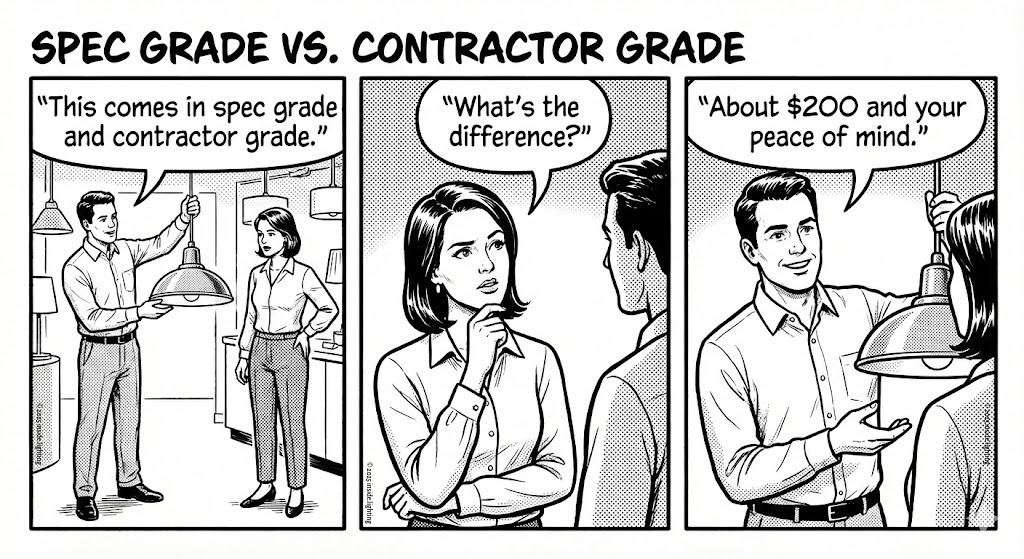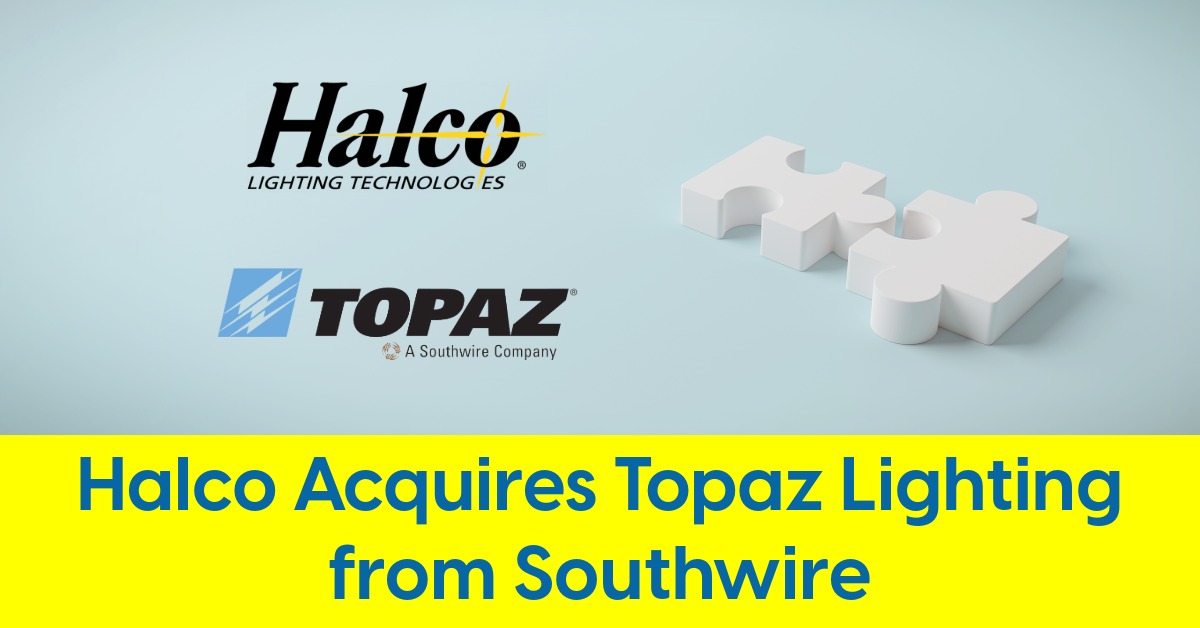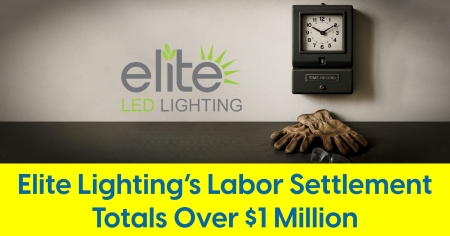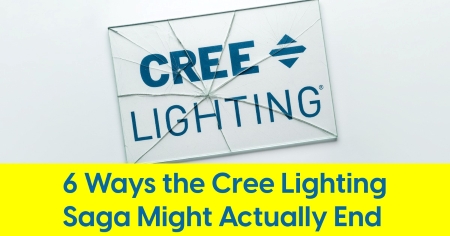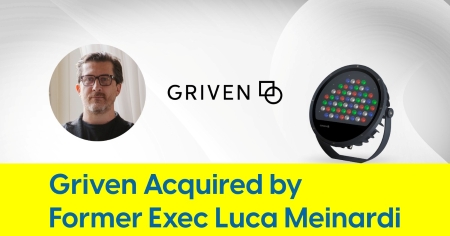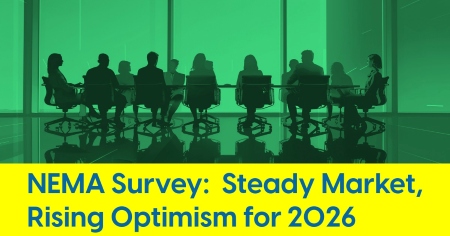June 18, 2025
Fine Print Reveals 6 Insights into Signify's India Joint Venture

Signify injects cash, and the JV turns around and buys Signify’s India LED operations
When Signify and Dixon Technologies announced their joint venture on March 27, 2025, the press release was high on optimism and corporate buzzwords — but light on specifics. What followed were regulatory filings in India that quietly filled in some of the blanks. Now, with a recent June 12 update, a clearer picture emerges.
This isn't just about two companies collaborating. It’s a layered business maneuver that reshapes Dixon’s lighting strategy, gives Signify financial flexibility, and positions the new entity as a manufacturing force well beyond Signify’s own needs.
The Inside Lighting I-Team dug into the filings to extract six meaningful insights that never made it into the press release. Here’s what the paperwork reveals:
1. The JV Will Manufacture for Brands Other Than Signify
Notably absent from the initial PR blast: this isn’t just a private-label operation for Signify. The JV will actively pursue OEM business for other lighting brands. That expands the addressable market considerably—and hints at ambitions beyond a single-client operation.
This model isn’t new for Signify. The company holds a 51% stake in China-based K-Lite factory, which supplies Philips-branded products but also manufactures for third-party brands. Import records from 2024 show K-Lite shipping LED bulbs to IKEA Supply AG under its “Klite Smart Lighting (Haining)” identity — clear evidence of active private-label production outside the Philips ecosystem.
The India JV appears poised to follow a similar model: serving Signify’s needs while tapping into broader OEM demand.
2. Signify Will Inject Cash, Then Sell Its Own LED Manufacturing Unit to the JV
Signify will inject cash into the joint venture, which the JV will then use to acquire Signify’s India-based LED manufacturing business. This mechanism allows Signify to monetize existing assets while retaining operational control through the JV — an elegant corporate shuffle that keeps the new entity debt-free from day one.
3. Dixon Is Transferring Its Entire Lighting Business into the JV
As for Dixon, this isn't a small investment or an exploratory alliance. Dixon is handing over the keys — its full lighting business and 100% of Dixon Technologies Solutions Pvt Ltd (DTSPL), a wholly owned subsidiary, will go to the joint venture. The contribution is non-cash, but the significance is tangible. For Dixon, this is a full-on pivot.
4. Dixon’s Subsidiary DTSPL Is Part of the Deal
Tucked into the filings is a key operational detail: Dixon isn’t just offering factory capacity or IP — it’s contributing a ready-made team and structure via DTSPL. That could include contracts, engineering staff, or even existing customer relationships. In other words, the JV gets to hit the ground running.
5. Deal Expected to Close by November 30, 2025
The filings set a target date of November 30, 2025, for closing, pending regulatory approvals and conditions precedent. It’s not around the corner, but the timeline suggests both parties want the JV to be operational in less than eight months — ambitious but doable.
6. Pre-Closing Governance Is Already Balanced
Before the ink dries, both companies will nominate one board member each to the JV. While a minor point, it confirms a balanced governance philosophy from day one — at least on paper.
What the Filings Tell Us … and Don’t Tell Us
Taken together, these six insights show that the Signify-Dixon joint venture is more than a strategic handshake. It’s a carefully engineered reallocation of assets, operations, and market roles. While the initial messaging focused on serving India’s domestic lighting market—a point Signify emphasized in its March announcement — the JV’s capacity to take on OEM work for other brands leaves the door open to wider ambitions.
Inside Lighting previously noted that Signify had floated India as a possible alternative manufacturing base if U.S.-China trade tensions escalated. There’s still no confirmation that this JV will be part of that contingency plan — but the structure is in place if it ever needs to be. For now, the filings confirm what the press release didn't: this is a deeper bet on India, with optionality baked in.
